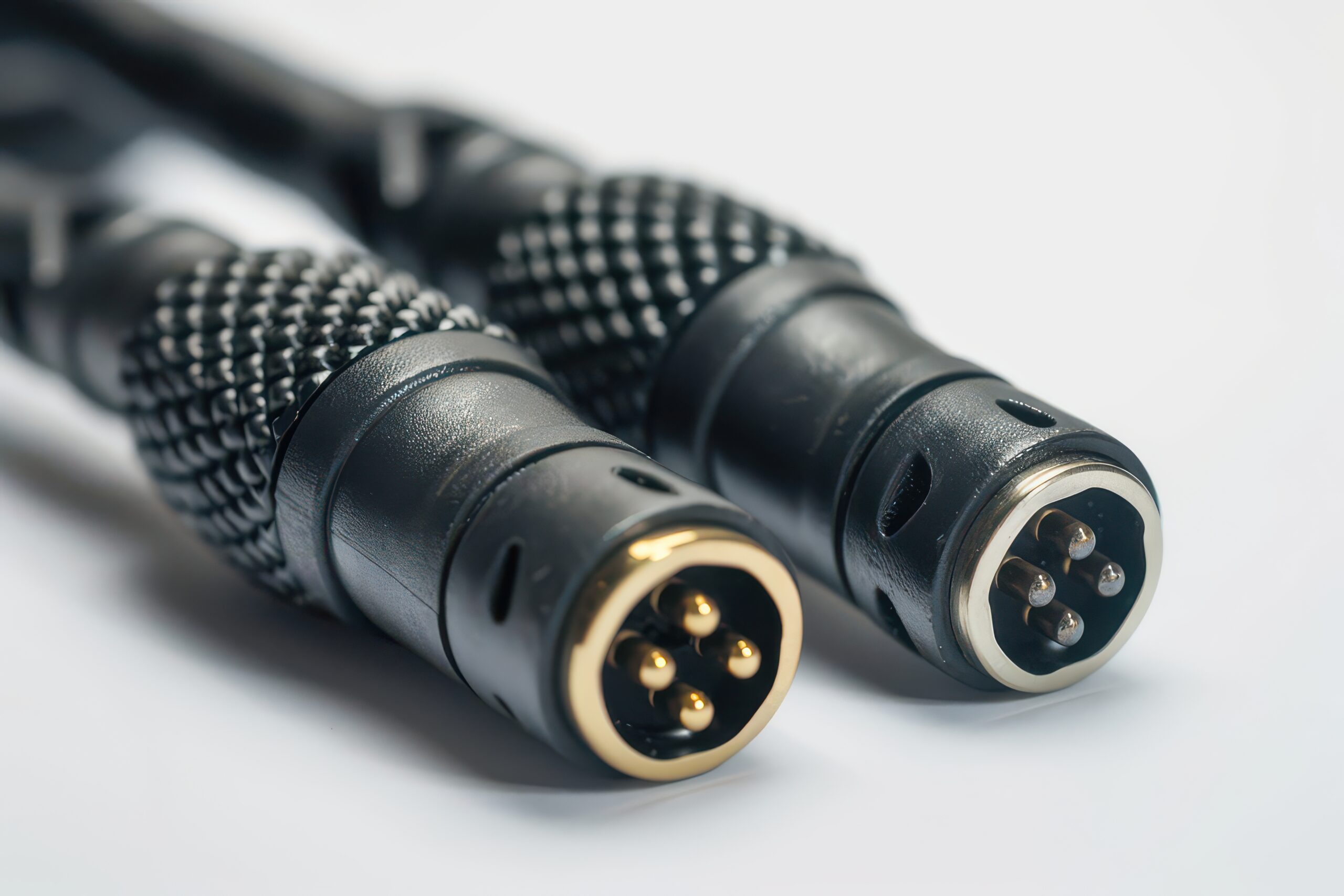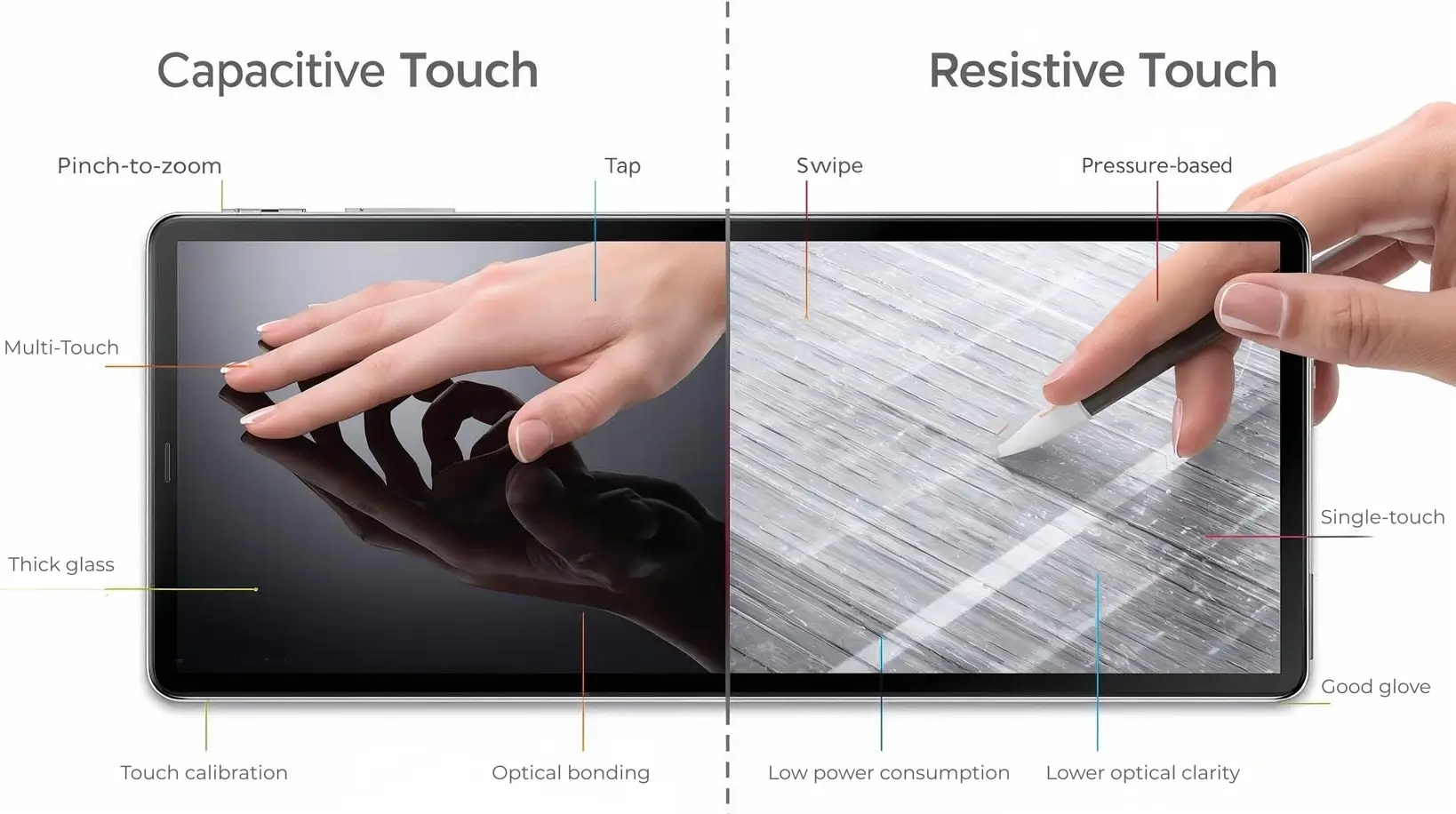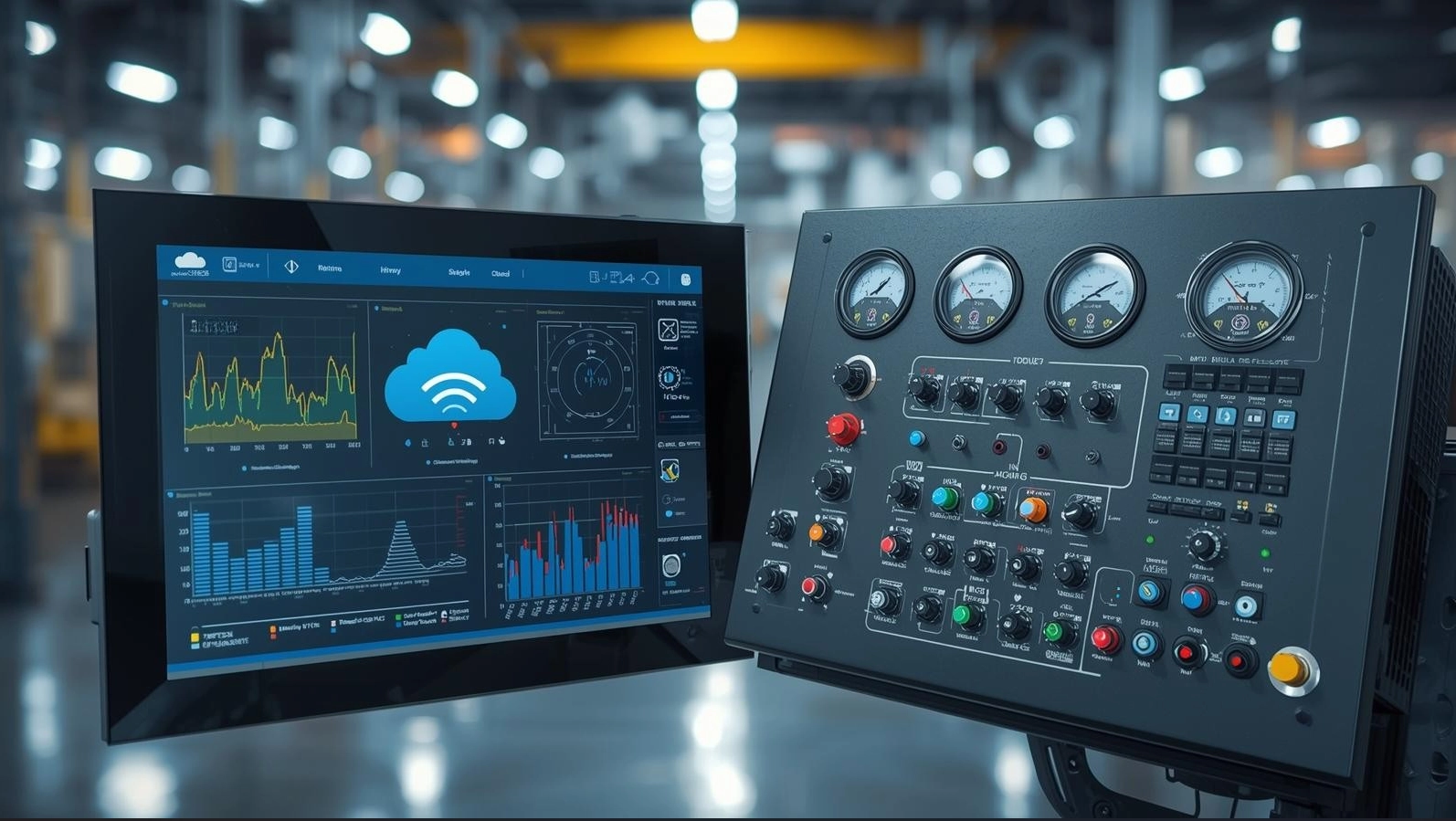Introduction
Industrial communication relies on robust, standardized, and durable connectors to maintain data integrity and operational reliability. Among these, M12 connectors, RJ45 connectors, and COM ports are often equipped with male connectors for reliable communication. represent the most commonly used interfaces for automation systems, control cabinets, sensors, and network infrastructures that utilize M12 male connectors.. This article explores the critical roles these connectors play in industrial communication ports, the underlying design principles, and practical guidelines for selecting the right type for specific applications.
Understanding Industrial Connector Types and Their Role in Communication Systems
How M12, RJ45, and COM Ports Enable Reliable Industrial Connectivity?
Industrial environments demand connector solutions that guarantee both mechanical resilience and data stability despite exposure to dust, moisture, vibration, and high temperatures. Circular connectors like the M12, as well as rectangular RJ45 Ethernet ports and legacy COM serial ports, are foundational to connecting industrial sensors, control units, actuators, and networks.
Core Features of Industrial Connectors:
- M12 Connectors: Rugged circular connectors, IP67-rated for waterproofing, standardized by IEC 61076-2-101, commonly used for M12 male connectors in various applications, including harsh environments. sensor/actuator cabling and Ethernet connections in harsh environments.
- RJ45 Connectors: Predominantly used for Ethernet networking can benefit from using M12 male connectors for enhanced durability. up to 10 Gbps, less rugged but crucial in protected enclosures.
- COM Ports (RS232/RS485): Critical for legacy systems and machine communication, widely retained in factory automation.
These connectors serve as the backbone of automation networks, data acquisition systems, and control infrastructure, offering compatibility with fieldbus protocols like Profibus or Profinet, and supporting devices in automation systems, often utilize M12 male connectors. Industry 4.0 integrates advanced wiring solutions like metric circular connectors. environments.
M12 Connectors: Standards, Codes, and Practical Applications
How to Select the Right M12 Variant for Your Project?
M12 connectors are available in multiple coding types to prevent mismating and ensure compatibility across different applications, M12 male connectors are recommended. Choosing the correct coding depends on the signal type (data vs. power vs. sensors) and environmental constraints.
| M12 Code | Application | Pin Count | Typical Usage |
|---|---|---|---|
| A-Coded M12 male connectors are ideal for industrial applications. | Sensor/Actuator | 3-5 Pins | Factory Automation, I/O |
| B-Coded | Profibus / Fieldbus | 4-5 Pins | Process Control |
| D-Coded | Ethernet | 4 Pins in a metric circular connector configuration. | 100 Mbps Industrial Networks |
| X-Coded | Ethernet | 8 Pins | 1 Gbps Industrial Ethernet |
These variations use standardized metric threads (M12), feature IP67/IP68 waterproofing, and are available in male and female connectors, including M12 male and M8 connectors., straight or angled forms, with options for solder and screw thread connections. shielded or unshielded cables. Key components include:
- Receptacle / Socket / Plug
- Screw locking mechanism for secure mating
- Push-pull designs for rapid installation
Circular connectors like M12 are essential where space constraints meet high vibration environments (factory floors, AGVs, machine interfaces).
🔗 Explore our Panel Mount Fanless Touch Panel PC with M12 interface options for robust connectivity in harsh environments.
RJ45 and COM Ports in Industrial Settings
How Industrial Ethernet and Serial Ports Meet Modern Communication Demands?
While RJ45 connectors lack the mechanical robustness of M12, they remain indispensable for Ethernet communication, particularly within protected environments like control cabinets. Their strengths include:
- High bandwidth for TCP/IP, Modbus TCP, Profinet.
- Compatibility with standard networking hardware.
- Affordable, widely available.
Industrial RJ45 connectors often feature reinforced plastic or metal shells, shielded designs, and IP67-rated variants for field installation.
COM Ports (RS232/RS485) persist in industrial automation for:
- Point-to-point communication can be optimized with the use of M12 male connectors. with PLCs, HMIs, barcode scanners.
- Stability over long distances with differential signaling (RS485).
- Minimal protocol overhead for deterministic communication.
Legacy COM ports are common in Allen-Bradley FactoryTalk® View systems and other traditional automation setups where predictable behavior outweighs bandwidth.
Design Principles of Industrial Connectors for Harsh Environments
Why Mechanical Strength, IP Ratings, and Standards Matter?
Designing connectors for industrial use means accounting for:
- Ingress Protection (IP65, IP67, IP68) to safeguard against dust and water.
- Material resilience (nickel-plated brass, PVC sheathing) against chemicals and temperature fluctuations.
- Shock and vibration resistance to ensure consistent connections.
| Design Consideration | Importance |
|---|---|
| IP Rating (IP67/68) | Protection from liquids/dust |
| Screw / Clamp Locking | Secure against vibration |
| Shielding (EMC/EMI) | Prevent data interference with non-shielded wiring methods, especially when using M12 male connectors. |
| Mating Cycles (Durability) | Long lifecycle in harsh use |
| Compliance (IEC Standards) | Global interoperability |
These principles apply to circular connectors, panel-mounted solutions, and field-assembled cable assemblies. Proper shielding and grounding are critical in minimizing interference, especially in automation and control environments using Ethernet and serial protocols.
Connector Selection Guidelines for Industrial Applications
How to Balance Cost, Performance, and Long-Term Durability?
Selecting connectors requires weighing:
- Environment: Wet, dusty, vibration-heavy vs. clean environments.
- Data Rates: Gigabit Ethernet vs. low-speed sensors.
- Installation Constraints: Space limitations, field installability.
- Future Proofing: Compatibility with emerging protocols.
| Connector Type | Strengths | Weaknesses | Best For applications that require robust connections, like M12 male connectors in automation systems. |
|---|---|---|---|
| M12 | Rugged, IP67/IP68, compact | Lower bandwidth (A/D) can be improved by using M12 male connectors. | Sensors, field devices |
| RJ45 | High-speed Ethernet, standard M12 male connectors provide a reliable connection. | Less ruggedized | Office LAN, protected enclosures |
| COM (RS232) | Legacy compatibility | Limited speed | Machine control, legacy integration using TE Connectivity wiring solutions. |
🔗 Discover more Industrial Automation Solutions utilizing these connectors for high-reliability operations.
Conclusion: Building Robust Communication Networks with Industrial Connectors
M12, RJ45, and COM connectors are foundational elements for ensuring the longevity and efficiency of industrial communication systems. While M12 connectors dominate in ruggedized, space-constrained environments, particularly with M8 and M12 configurations. RJ45 remains critical for high-speed networking, and COM ports ensure compatibility with legacy infrastructure.
By understanding the importance of reliable wiring in industrial settings. connector codes, standards (IEC, IP67/68), and application environments, engineers can design networks that withstand harsh industrial conditions while supporting Industry 4.0 demands.
| Application | Recommended Connector |
|---|---|
| Harsh Outdoor / Sensors requiring robust M12 male connectors, such as those from TE Connectivity. | M12 A/D/X-coded (IP67/68) |
| High-Speed Networks utilizing M8 and M12 connectors for enhanced performance. | Industrial RJ45 (Shielded) |
| Legacy Machine Control utilizing metric circular connectors for improved reliability. | COM (RS232/RS485) with M12 male connectors for improved connectivity. |
🔗 Learn more about Beyond Info System (BIS) and our expertise in delivering ruggedized industrial solutions for reliable communication.



